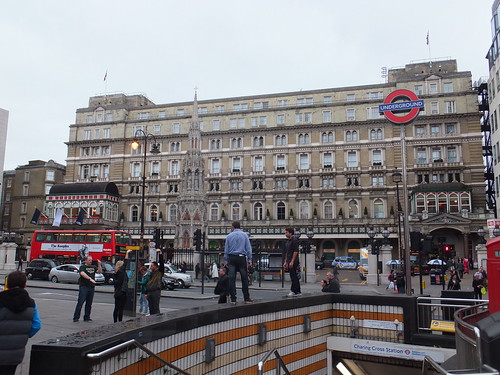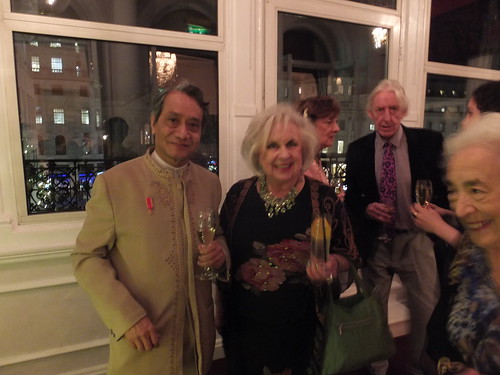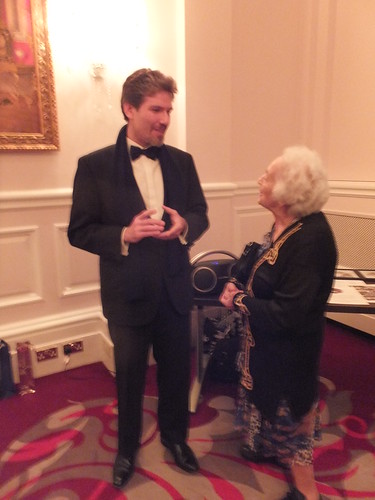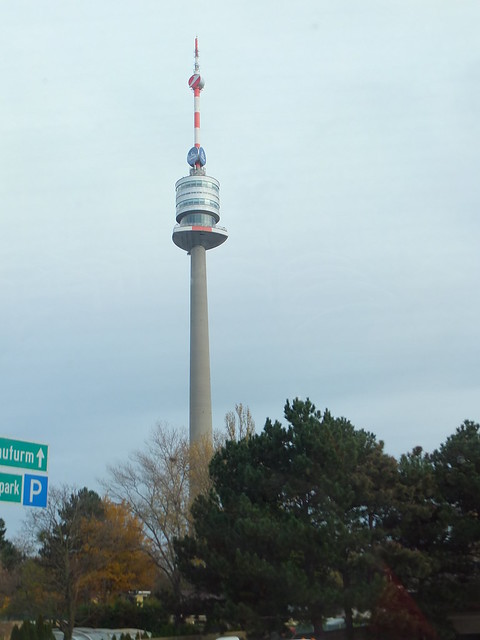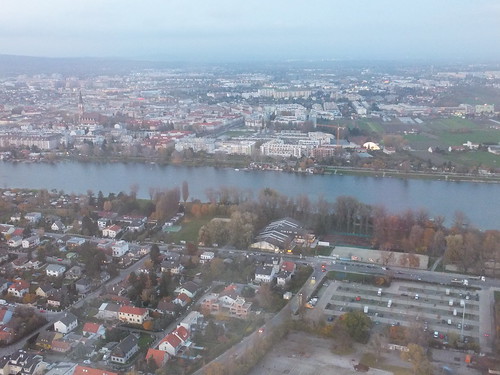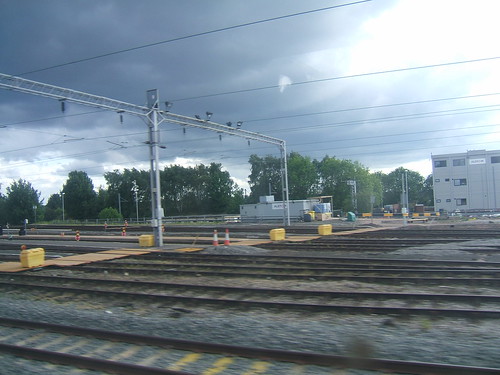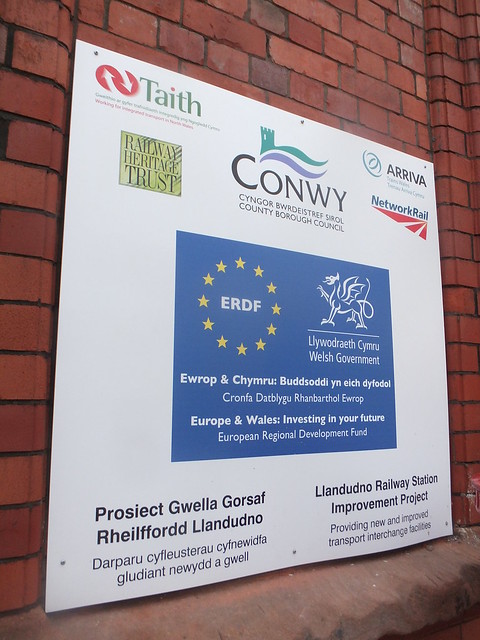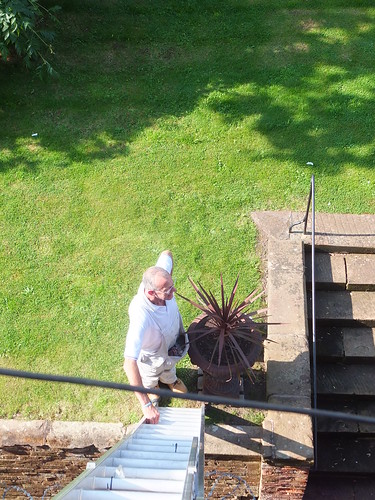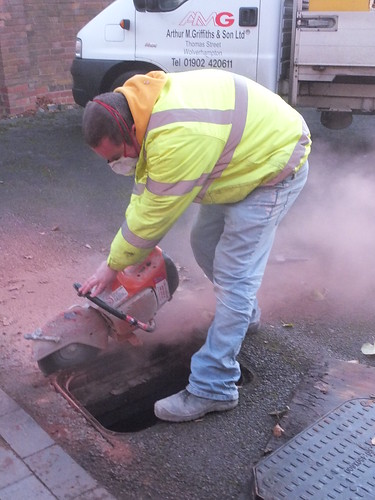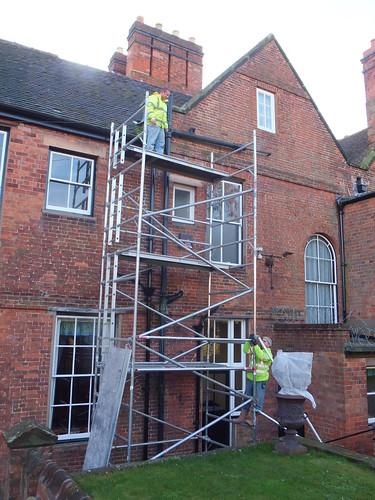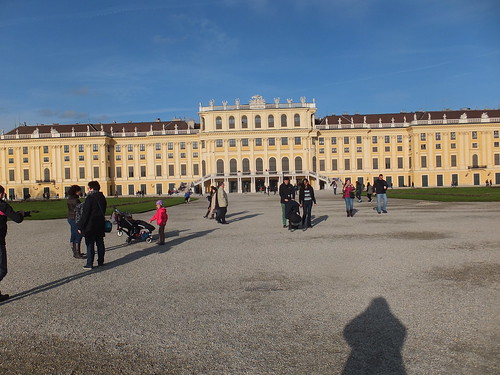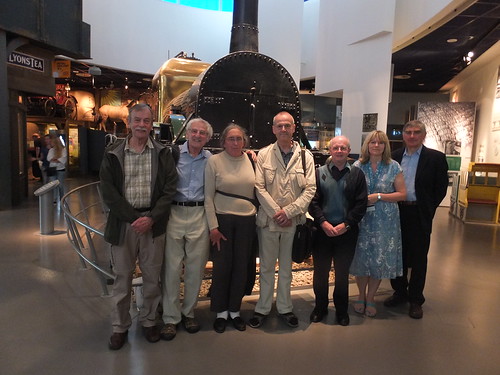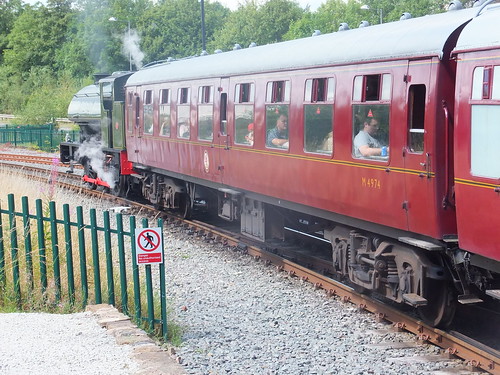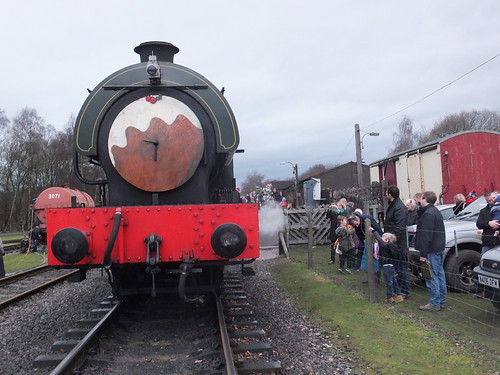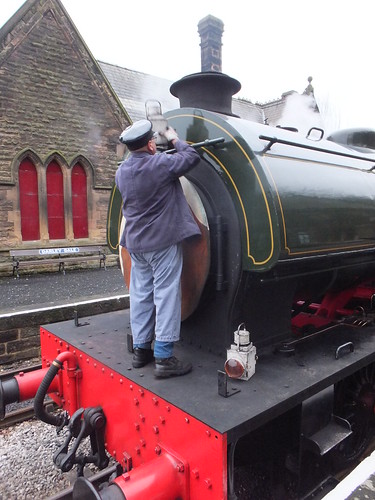The Museum held their Autumn Gala on the weekend of 28th and 29th November 1992, giving an opportunity to see not only 4472 in steam but also 7029 'Defiant' and 6024 'King Edward I'. 46203 'Princess Margaret Rose' also took part but she was away most of the Saturday on a Main Line Railtour. The 1992 Issue 4 edition of 'Lionsheart' published a brief notice of the event in September that year (as did other publications).
At this time, 'Flying Scotsman' was turned out in apple green, numbered 4472, with conventional drafting and the rather tiny single chimney which, surmounting the massive boiler, contributed to the impression of raw power. This was the appearance I liked best.

Flying Scotsman at Steamtown Rasilway Museum (Photo: David Ingham [CC BY-SA 2.0 (http://creativecommons.org/licenses/by-sa/2.0)], via Wikimedia Commons
I don't believe I'd seen the locomotive prior prior to her visit to Birmingham in 1992. I'd certainly seen other 'A3s' at work on the Eastern Region before steam was eliminated but I'd not followed subsequent main line steam railtours (although I did a trip behind the 'Midland Compound' in 1960, described in My First Steam Special) and, at the time, I'd not taken much notice of the work 'Flying Scotsman' had done on steam rail tours.
The locomotive's fame meant that Birmingham Railway Museum was almost overwhelmed by enthusiasts seeking an opportunity to actually drive 4472. Earlier 'Learn to be a Driver' courses had included a technical lecture on locomotives, an introduction to the role of the shunter, a visit to the Museum's working signal box, a period driving a small locomotive and 75 minutes (shared between three trainee drivers) driving a large locomotive. To cater for the demand, the 'Flying Scotsman' experiences were simplified to one hour on 'Flying Scotsman' (shared between three trainee drivers), providing places for 30 or more trainees each day. Only four people at a time were allowed on the footplate so, with three trainees and the Instructor Driver, there was no room for a Fireman and the Instructor Driver had to do the firing and boiler management along with instructing and supervising the trainees. 'Flying Scotsman' and the Museum's staff and volunteers were kept busy until the 1st December 1992, when 'Flying Scotsman' left Birmingham Railway Museum to visit various preserved railways, prior to being 'stopped' with leaking boiler tubes.
The locomotive was moved to FKI Babcock Robey for repair, emerging on 22nd July 1993 with the British Railways modifications re-applied so the locomotive appeared in British Railways green, numbered 60103, with 'Continental'pattern smoke deflectors, double chimney and dual 'Kylchap' exhaust.
 'Flying Scotsman' being prepared to leave FKI Babcock Robey, following a steam test (Photo: John Edkins).
'Flying Scotsman' being prepared to leave FKI Babcock Robey, following a steam test (Photo: John Edkins).
'Flying Scotsman', in its new guise as 60103, returned to Birmingham Railway Museum on 3rd November 1993 for more 'Learn to be a Driver' work. There were still lots of people keen to drive 'Flying Scotsman' and I remember it as a very busy period with courses carrying on well after dark each evening. The locomotive left the Museum on 17th February 1994 but was back at the Museum for more 'Learn to be a Driver' work from 18th November 1994 to 11th January 1995.
I didn't meet up with 'Flying Scotsman' again for over five years, when we were reunited at Peak Rail in 2000. I may not have liked the locomotive's appearance as '60103' but at least it was historically correct. The locomotive which visited Peak Rail combined 'Kylchap' exhaust, double chimney, LNER livery, the running number 4472, no smoke deflectors (at that time) and air brakes. But that's another story.
References
There's a brief history of this iconic locomotive (with references to various other websites and a list of books) in my post 'Flying Scotsman'.
